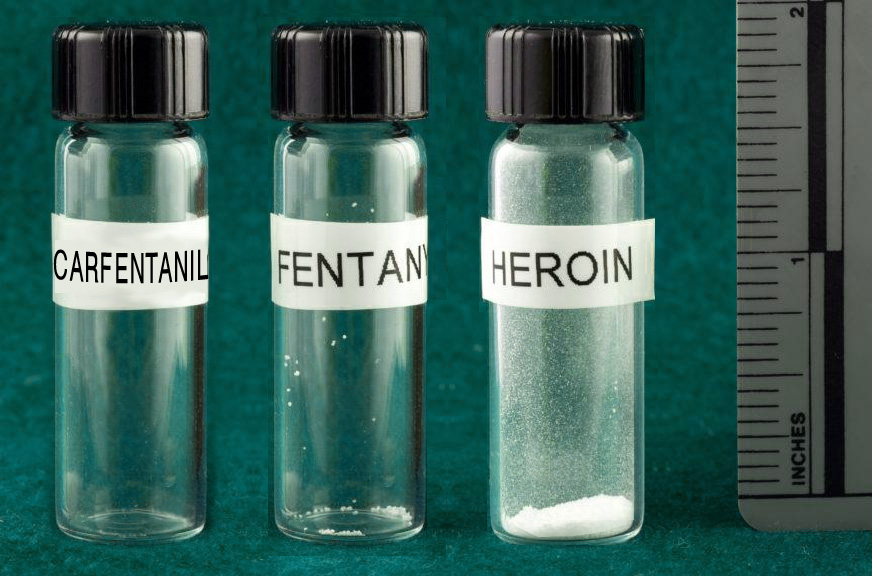
Opioid abuse remains a critical public health crisis and a threat to security across the United States. Not only does this epidemic affect families and communities, but it also has real implications for first responders and medical professionals who face the fallout every day. With them in mind, the Department of Homeland Security (DHS) Science and Technology Directorate (S&T) is working with the Pacific Northwest National Laboratory (PNNL) on a multi-phase study to improve detection of synthetic opioids. S&T and PNNL invite industry partners to participate by submitting their field portable drug detection equipment for consideration by January 15 at 2pm EST.
Through this effort, S&T and PNNL will assess the performance of field detection equipment against fentanyl, fentanyl-related compounds, other drugs, and cutting agents, which are difficult to handle and procure, requiring special licenses and equipment. Vendors will obtain the latest reference spectra for approximately 50 DEA-controlled substances, including novel synthetic opioids, as well as independent test results, which will enhance their capability and marketability. End-users of this equipment—the first responder and interdiction communities, as well as interested federal, state, and local agencies—will also benefit by receiving system updates with the expanded libraries at no cost. They will gain a broader understanding of the capabilities and limitations of current field detection equipment to feel more secure with detection performance.
“We are excited for this opportunity to partner with industry to improve detection capabilities and provide front-line operators with confidence in their detection equipment against opioids, and other new and emerging synthetic drugs,” said S&T Program Manager Dr. Rosanna Anderson.
This effort specifically targets instruments used by federal, state, local, tribal, and territorial law enforcement and first responders that use spectral libraries to identify unknown samples suspected of containing illicit drugs. These include, but are not limited to, field-portable Gas Chromatograph/Mass Spectrometers, high-pressure Mass Spectrometers, Ion Mobility Spectrometers, Raman Spectrometers, and Fourier Transform Infrared Spectrometers. Only vendors that submit their technologies via the Request for Information by the January 15 deadline will be considered.
To learn more about S&T’s opioid/fentanyl detection work, you may read the related fact sheet.

